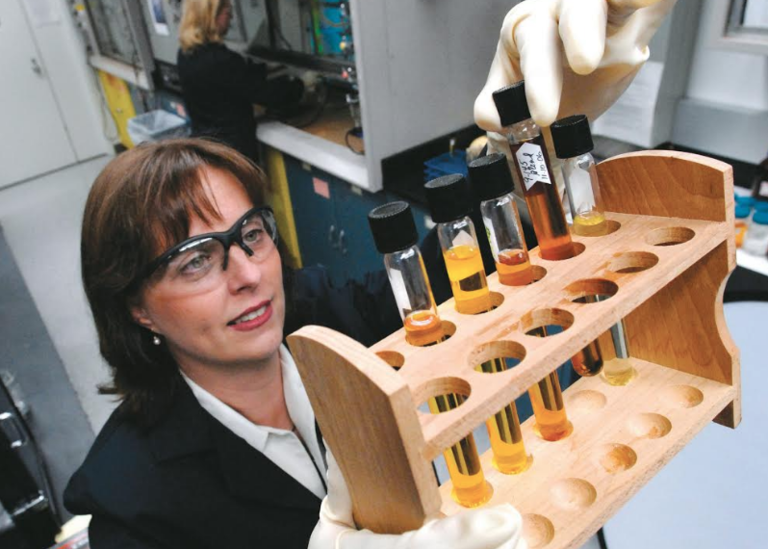
It has been 10 years since Ford Motor Company rolled out the 2008 Mustang with seats comprised of soy-based foam. Since then, the automaker says it has installed this bio-based form in at least 18.5 million cars that have rolled off the company’s assembly lines.
According to Ford, the use of soy-derived foam instead of such material made out of petroleum has prevented 288 million pounds of carbon from entering the atmosphere. The 578 billion soybeans churned into foam, claims the company, are equivalent to 4 million trees removing carbon from the earth’s atmosphere over the course of a year.
Ford says the soybean-based foam is the standard material used in its cars’ seat cushions, backs and headrests. The automaker first seriously considered scaling up the use of soy foam when oil prices soared during 2008. The company’s executive chairman, Bill Ford, worked with organizations including the United Soybean Board in ensuring that the soy foam could become a viable alternative to the conventional materials then on the market.
This decade, Ford’s researchers have tinkered with a variety of bio-based products to use within its automobiles and trucks. Coconut fibers to reinforce resins, shredded denim for insulation, kenaf for door bolsters and battery trays and even shredded U.S. currency for plastic parts have all been material experiments at Ford. The company currently says other materials, such as captured CO2, tomato peels, agave fiber, dandelions, bamboo and algae, are now on its radar. In addition, upholstery made out plastic bottles has appeared in more F-150 trucks. Ford has also partnered with Coca-Cola, Heinz, Nike and Procter & Gamble to boost the development of bio-based plastics.
Some observers may sniff at Ford’s research on bio-based products, and wonder aloud what the point of all this may be if the company is still manufacturing automobiles with internal combustion engines. But the automaker has also had an eye on the future, with investments in self-driving cars and mobility technologies. The company has no choice: the concept of automobile ownership is changing, and electric vehicles keep performing in range, performance and design.
Finally, Ford’s research and development with bio-based products is about more than scoring a few public relations points. The scale that companies like Ford and its competitors offer means that these new innovations have a chance at reaching even further than these companies’ supply chains. If more bioplastics can supplant those made out of petroleum and other fossil fuels, then the environment can also score a win in the long run.
Image credit: Ford

Leon Kaye has written for 3p since 2010 and become executive editor in 2018. His previous work includes writing for the Guardian as well as other online and print publications. In addition, he's worked in sales executive roles within technology and financial research companies, as well as for a public relations firm, for which he consulted with one of the globe’s leading sustainability initiatives. Currently living in Central California, he’s traveled to 70-plus countries and has lived and worked in South Korea, the United Arab Emirates and Uruguay.
Leon’s an alum of Fresno State, the University of Maryland, Baltimore County and the University of Southern California's Marshall Business School. He enjoys traveling abroad as well as exploring California’s Central Coast and the Sierra Nevadas.














